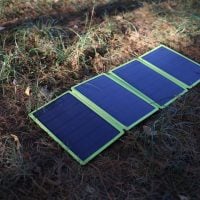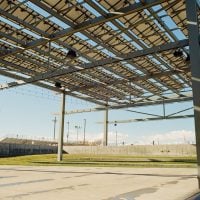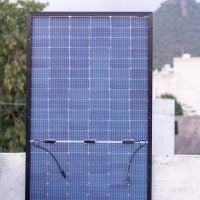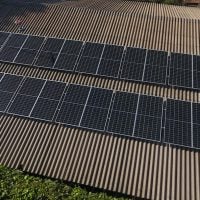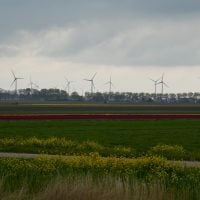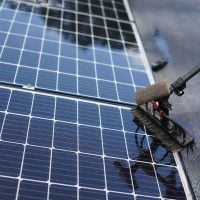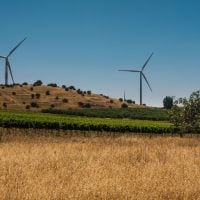Deadline: 31-Oct-2025
The Open Rivers Programme provides vital funding to prepare for and implement the removal of small dams across rivers in Greater Europe.
The initiative seeks to restore natural water flows, enhance aquatic biodiversity, and improve river ecosystems that have been fragmented by man-made barriers. By supporting both direct dam removal projects and preparatory work, the programme aims to accelerate ecological recovery and promote sustainable water management.
The funding is divided into two main categories. Category A focuses on programme-supported dam removals and consists of four subcategories. A1: Barrier Identification and Prioritisation funds the identification and selection of small dams in ecologically valuable areas that could later be removed through future grants. It targets regions with high ecological potential but limited capacity or resources. A2: Dam Removal – Pre-demolition supports essential groundwork such as feasibility studies, technical designs, and permitting processes needed to prepare for dam removal. A3 and A4 both fund Demolition of Barriers, with A3 applying when preparatory work is already funded by a third party, and A4 supporting demolition where pre-demolition work has previously been funded through the programme itself.
Category B aims to enable others to remove dams by funding preparatory work when demolition will be financed by alternative funders. These projects can include technical studies, engineering documentation, and obtaining necessary permits, with the ultimate goal of ensuring that a third party carries out the removal.
The programme supports projects across Greater Europe and encourages partnerships that bring together NGOs, government bodies, researchers, and other stakeholders. It welcomes diverse collaborations but has specific criteria regarding who can act as the coordinating partner. This main applicant is responsible for leading project management, handling grant finances, signing the grant contract, and ensuring successful project delivery. Typically, the coordinating partner should be based in the country where the project is being implemented. However, if a non-resident organisation applies in this role, they must justify their involvement—for instance, if there is no suitable national coordinating organisation available.
Eligible applicants include charitable organisations, not-for-profit organisations, and public sector entities. Charitable and not-for-profit organisations may apply for all grant types, while public sector entities are eligible for Category A3 and Category B only. Most applicants are expected to have an environmental focus and a demonstrated history of work in river restoration or ecological conservation. Private sector groups and community organisations are encouraged to participate as project partners but are not eligible to submit direct applications. In cases where such groups cannot identify an appropriate NGO coordinator, they are invited to contact the programme to explore potential collaboration options.
To be eligible, projects must be implemented within Greater Europe, and coordinating partners must be registered in the region. Public entities are required to demonstrate that their project staff possess the necessary expertise in river restoration and dam removal, ensuring high-quality project outcomes. The programme particularly prioritises initiatives that might not otherwise be possible due to a lack of technical knowledge or funding. Through these efforts, the Open Rivers Programme continues to build capacity, foster partnerships, and reconnect Europe’s rivers to their natural state.
For more information, visit Open Rivers Programme.

